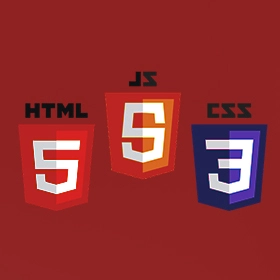Today (2010 to Present)
The 2010s saw a shift from rich design (shadows, depth, colour gradients, textures, flashy animated gifs, etc.) to flat design (clean, minimalistic, bright colours, 2D icons, san-serif typography, etc.).
Prior to flat design, the skeuomorphic qualities in rich design had provided a “real-life” or 3D feel, but the added design complexity meant slower loading times and added busyness and noise to the page. The transition to flat design gave a distinctly “digital” feel and delivered a more clear and efficient user experience.
Both Microsoft and Apple pioneered the shift to flat design. Microsoft did so through Windows Media Center, and Apple transitioned with iOS 7.




